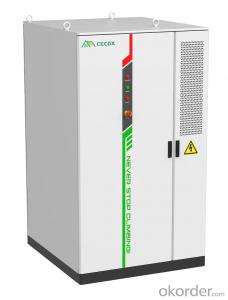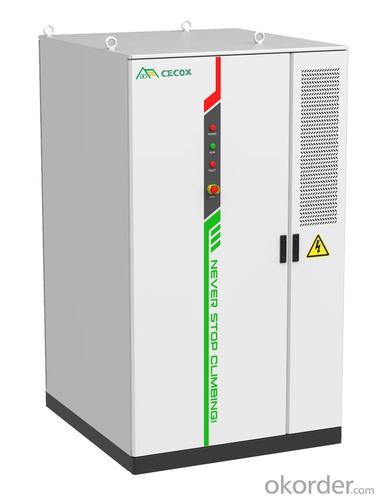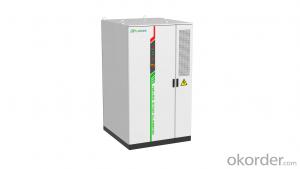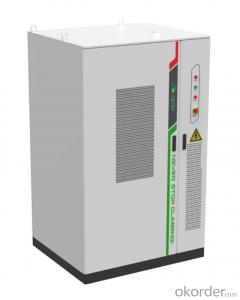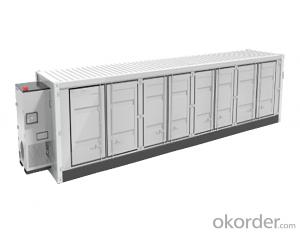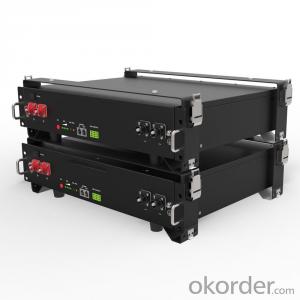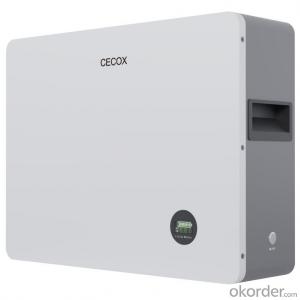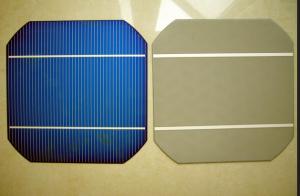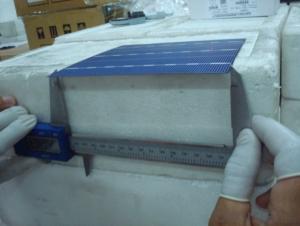Ultralight Fabric Solar Cells 100kw 233kwh 280ah Efficient and Smart C&I Liquid-Cooling Cabinet Commercial & Industrial Storage
- Loading Port:
- SHANGHAI
- Payment Terms:
- TT OR LC
- Min Order Qty:
- 5 unit
- Supply Capability:
- 200 unit/month
OKorder Service Pledge
OKorder Financial Service
You Might Also Like
Specification
Product Features
Ultimate Safety
Multistage variable diameter liquid cooling pipeline, system temperature difference ≤ 4 ℃
Micro channel equalization pipeline, PACK temperature difference ≤ 2.5 ℃
Highly automated ,CCS integrated design
Electrical multidimensional fusion perception 15-year extra long life coolant
Smart and Efficient
BMS active balancing technology improves SOC accuracy by 3% and extends system life by 20%
OTA upgrade is sent from the cloud and upgrade efficiency is improved by more than 90%
Panoramic online monitoring and scheduling
Global customized design and development services
Support virtual power plant interconnection
Flexible and Convenient
Modular design, standardized interface
Elastic expansion, multi machine parallel connection
Multi-sensor and intelligent control system
Triple level modular PCS, up to 99% maximum efficiency
Cloud and edge integrated energy storage intelligent operation and maintenance center
Quick Response
Support multi-device access and multi-user sharing
Millisecond response to power dispatch
100% pre-installed integration
Equipped with LVRT, HVRT functions, and various control modes such as PQ, VF, and networking
Technical Data
Battery Type:LFP-280Ah
System Configuration:5*1P52S
Rated Charge/Discharge Ratio:≤0.5P
Rated Capacity:233kWh
DC Rated Voltage:832V
DC Voltage Range:728 ~ 949V
AC Rated Power:100kW
AC Rated Voltage:400V±15%
Rated Grid Frequency:50Hz/60Hz
Size(W*D*H):1340*1440*2300mm
Weight:2.8t
Protection Level:IP54(PACK IP67)
Operating Temperature Range:-30 ~ 55℃
Relative Humidity Range:5% ~ 95%(Non condensation)
Operating Altitude:≤2000m(>2000m Reduction)
Fire Protection System:Aerosol/Perfluoro
Communication Interfaces:CAN/RS485/Ethernet
- Q: What is the efficiency of solar cells?
- The efficiency of solar cells refers to the percentage of sunlight that can be converted into usable electricity.
- Q: PV: the battery to the battery charge problem
- Yes, for example: the battery voltage is 12V, with a 18V solar panels connected to the battery voltage will be slightly higher than the 12V voltage, such as 12.2V look, so the actual working voltage of the solar panels by the
- Q: Can solar cells be used in data centers or server farms?
- Yes, solar cells can be used in data centers or server farms. By installing solar panels, these facilities can generate renewable energy to power their operations. However, the feasibility and effectiveness of using solar cells in data centers may depend on factors such as the location, available space, energy demands, and storage capacity. Additionally, combining solar power with other energy sources and implementing energy-efficient practices can further optimize the sustainability of data centers and server farms.
- Q: Can solar cells be used for powering data centers?
- Yes, solar cells can be used for powering data centers. Solar energy can be harnessed through photovoltaic cells and converted into electricity, which can then be used to power data centers. This renewable energy source is increasingly being adopted by data centers to reduce their carbon footprint and energy costs.
- Q: What is the role of solar cells in powering agricultural irrigation?
- The role of solar cells in powering agricultural irrigation is to harness the energy from the sun and convert it into electricity. This renewable energy source is used to operate irrigation systems, providing power for pumps and other equipment required for efficient water distribution to crops. Solar cells offer a sustainable and cost-effective solution, reducing reliance on fossil fuels and minimizing the environmental footprint of irrigation practices in agriculture.
- Q: Can solar cells be damaged by hail or other weather conditions?
- Yes, solar cells can be damaged by hail or other severe weather conditions. Hailstones can cause physical damage to the surface of solar panels, resulting in cracks or fractures that may affect their efficiency. Additionally, extreme weather events such as heavy rain, strong winds, or lightning storms can potentially cause electrical and structural damage to solar cell systems. Hence, it is important to consider the durability and resilience of solar panels when installing them in areas prone to such weather conditions.
- Q: What is the effect of wind on solar cell performance?
- The effect of wind on solar cell performance can be both positive and negative. On one hand, a gentle breeze can help to cool down the solar panels, preventing them from overheating and improving their overall efficiency. On the other hand, strong winds can create vibrations that may lead to structural damage or reduce the stability of the solar panels, potentially affecting their performance. Therefore, it is important to strike a balance between the benefits of cooling and the risks associated with excessive wind exposure when designing and installing solar systems.
- Q: Can solar cells be used in recreational vehicles (RVs)?
- Yes, solar cells can be used in recreational vehicles (RVs). Solar panels can be installed on the roof of an RV to generate electricity from sunlight, which can then be used to power various appliances and systems in the vehicle. This provides a sustainable and eco-friendly way to generate power while on the road.
- Q: How do solar cells perform in snowy conditions?
- Solar cells do not perform as efficiently in snowy conditions because the snow cover blocks sunlight from reaching the cells. However, modern solar panels are designed to be durable and can still generate some electricity even in snowy conditions. Additionally, when the snow melts or is removed from the panels, they can resume their normal performance.
- Q: Can solar cells be used in power plants?
- Yes, solar cells can be used in power plants. Solar power plants, also known as solar farms or solar parks, utilize large arrays of solar panels that contain solar cells to convert sunlight into electricity. These power plants can generate a significant amount of renewable energy and contribute to reducing greenhouse gas emissions.
Send your message to us
Ultralight Fabric Solar Cells 100kw 233kwh 280ah Efficient and Smart C&I Liquid-Cooling Cabinet Commercial & Industrial Storage
- Loading Port:
- SHANGHAI
- Payment Terms:
- TT OR LC
- Min Order Qty:
- 5 unit
- Supply Capability:
- 200 unit/month
OKorder Service Pledge
OKorder Financial Service
Similar products
Hot products
Hot Searches
Related keywords
